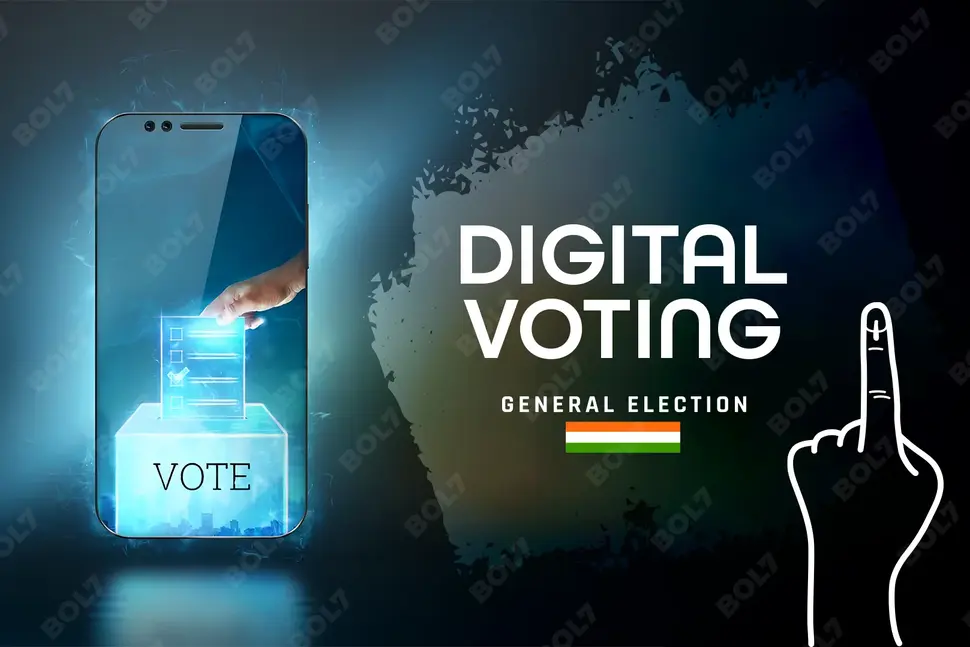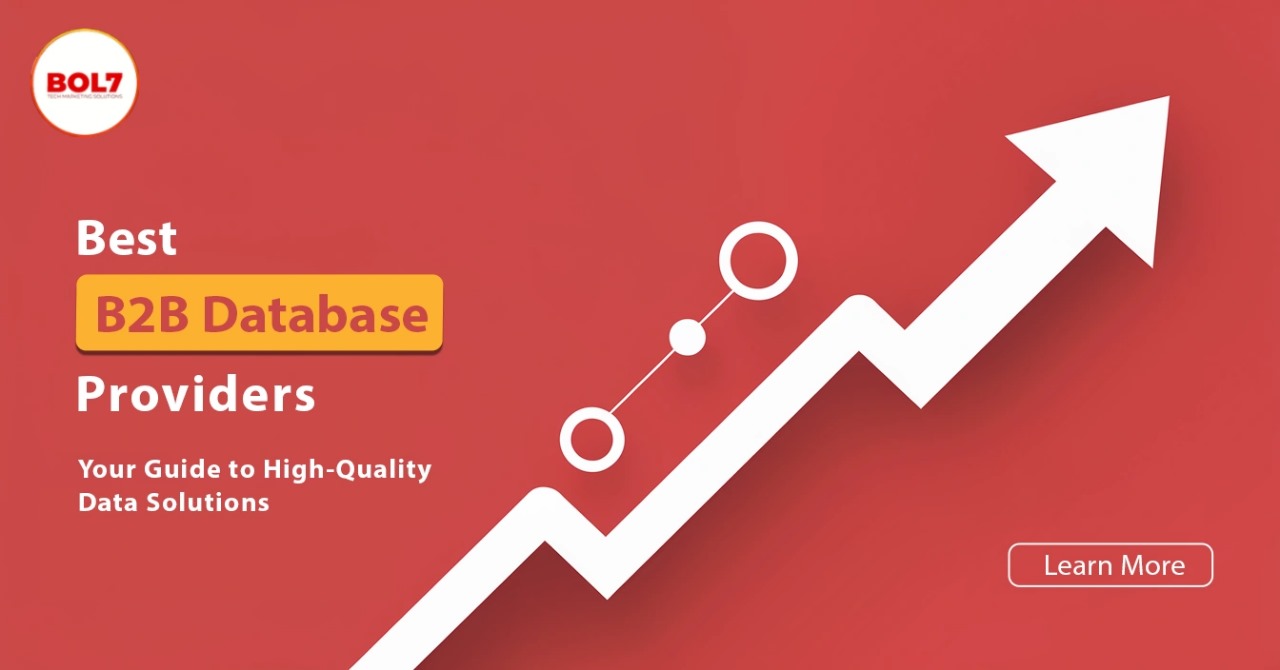
How Secure Digital Voting is Transforming Elections
Elections play a crucial role in democracy, corporate governance, and organizational decision-making. However, traditional voting methods often come with challenges such as voter fraud, logistical inefficiencies, manual errors, and high operational costs.
Secure digital voting is revolutionizing how elections are conducted, ensuring a more transparent, cost-effective, and fraud-resistant process. With features like blockchain security, real-time tracking, and automated vote counting, digital voting enhances fairness, security, and accessibility for all voters.
Why Secure Digital Voting is the Future of Elections
🔹 Fraud Prevention & Security – Uses blockchain encryption, multi-factor authentication, and biometric verification for tamper-proof voting.
🔹 Remote & Convenient Access – Voters can cast their ballots from anywhere, increasing participation.
🔹 Real-Time Vote Tracking & Transparency – Ensures instant verification and auditable election results.
🔹 Automated Counting for Instant Results – Eliminates manual vote counting errors and delays.
🔹 Cost-Effective & Sustainable – Reduces paper waste, printing costs, and election expenses.
Key Benefits of Secure Digital Voting
✅ Higher Voter Turnout
- Allows voters to participate remotely using smartphones, tablets, or computers.
- Encourages inclusive elections for citizens living abroad, disabled individuals, and corporate shareholders.
✅ Tamper-Proof Election Process
- Advanced encryption and blockchain verification ensure vote authenticity and integrity.
- Reduces risks of multiple voting, data breaches, and manipulation.
✅ Instant, Accurate, and Transparent Vote Counting
- Automated vote tabulation eliminates human errors and delays.
- Built-in audit trails allow for complete verification of results.
✅ Scalable for Any Type of Election
- Works for government elections, board meetings, corporate voting, and union elections.
- Customizable to meet small, medium, or large-scale voting requirements.
Industries & Organizations That Benefit from Digital Voting
✔️ Government & Public Elections – Conduct secure and tamper-proof elections with verifiable digital ballots.
✔️ Corporate Decision-Making – Enable transparent and efficient shareholder and executive board voting.
✔️ Universities & Educational Institutions – Streamline student elections and faculty decision-making.
✔️ Non-Profit Organizations & Unions – Ensure fair leadership elections and policy voting.
✔️ Associations & Committees – Simplify membership votes, policy approvals, and strategic decisions.
Best Practices for Implementing Secure Digital Voting
📝 Use Multi-Factor Authentication – Prevent unauthorized access by verifying voter identity through secure authentication methods.
📝 Ensure a User-Friendly Platform – The voting interface should be simple and accessible to all demographics.
📝 Perform Security Audits & System Testing – Regular testing ensures robust security and system reliability.
📝 Educate Voters on the Process – Clear instructions and guidelines enhance participation and election integrity.
📝 Implement Transparent Vote Tracking – Utilize blockchain or audit trails to verify election outcomes.
Final Thoughts
Secure digital voting is the future of elections, offering a fast, accessible, and fraud-proof alternative to traditional voting methods. Whether for government elections, corporate governance, or institutional decision-making, this technology enhances transparency, accuracy, and security while reducing costs and increasing participation.
By implementing real-time tracking, encryption, and automated counting, organizations and governments can run fair, efficient, and reliable elections. As we move towards a digital future, secure voting solutions will play a key role in strengthening democracy and trust in election processes.









0 Comments